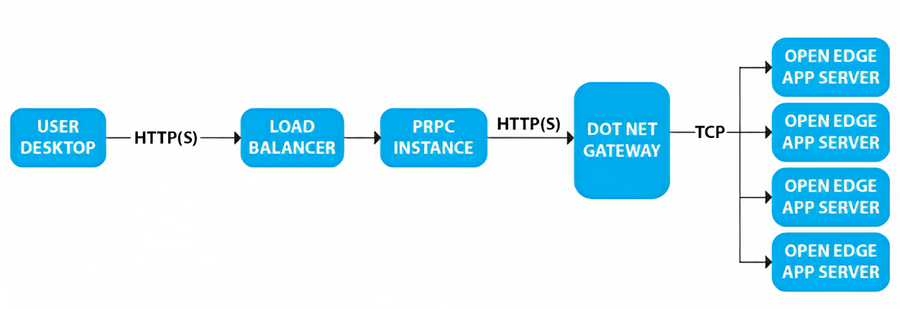The Client
The client is a top provider of integrated business solutions, benefits management, and risk management with a technological edge and is established in the United States, with operations in over 80 countries. The company offers a wide variety of resources in the casualty, property, marine, benefits, and other lines.
The Challenges
Due to the legacy software system, these were the challenges faced by the client:
- Legacy system was not capable to close the claims with an appropriate amount automatically.
- SLA-based claim management and administration were not possible within the defined time period with the legacy system.
- Legacy software was not capable to provide cost-effective claim management solutions to the clients.
- The client planned to expand their business to mid-size or small companies that cannot afford high-cost claim management software or high-budget IT infrastructure and provide a favorable solution which was not possible with the legacy claim management software system.
- Legacy software did not have enough capabilities to automate the business process for claim management, creation of workflows, and tasks. It was also not capable of providing IT solutions equipped with the latest trend, and technology to compete with competitors in the Insurance and Claim management market or industry.
The Objective
The legacy Claim Management software system of the client had most of the tasks performed manually by the company’s operation and claim examiner due to the legacy nature and limitations of the system. The client was looking to enhance their claim management system to increase efficiency, performance, and agility in the day-to-day operations of claim management by adding automated processes or workflows.
The objective was to develop a new Claim Management software that can be an enhancement of the legacy application where key components of the claim management software are migrated to the PEGA PRPC platform.
The Solution
JK Tech being a dedicated solution partner, offered solution designing expertise in the following technical areas:
- PEGA PRPC
- Microsoft .NET
- Progress OpenEdge
- Since the legacy application was an OpenEdge-based legacy application, the biggest challenge was integrating PEGA PRPC and the legacy application. To get around the challenge, we designed a service-oriented, architecture-based solution that allows the integration of PEGA and the legacy application swiftly using both REST and SOAP services.
- To integrate OpenEdge and .NET, we designed an optimum solution by accessing the OpenEdge application server using Open Clients (Open API) without the need to generate the proxy.
- Since there are multiple integration points, every incoming and outgoing request and response needs to be logged appropriately. We created a logging framework to track every incoming and outgoing message (JSON or XML) to and from each integration point, which is backed by a very well thought archiving mechanism to keep the log tables at an optimum volume.
- We trained a few resources in multiple technologies to understand the entire architecture that empowers suitable communication to deliver a high-quality product.
Solution Diagram:

The Benefits
- A considerable portion of the program cost was reduced; by eliminating the need to upgrade the OpenEdge version.
- State-of-the-art database logging framework saved support and maintenance costs due to a quick turnaround in finding the glitch.
- Use of open client (Open API) increased the overall performance of the application two-fold; by accessing the legacy application natively with no extra deployment cost.
- The subtle technical and automation solution collectively allowed the client to reduce claim administration costs and claim processing time.
- The framework/architecture allows rapid application development by enabling the development team to focus entirely on business logic.



